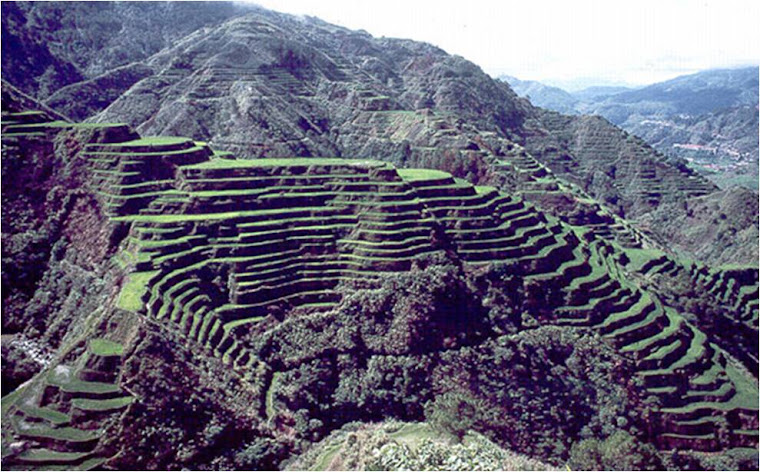 |
| Jose Rizal Monument |
 |
| Luneta Park Luneta Park |


For over 3 centuries Manila was colonized and administered by Spain who left a great architectural heritage throughout the Philippines, especially churches, forts and other colonial buldings. This can be seen in the old part of the city, called Intramuros (the fortified city) built in the late 16th century. Manila began as a settlement on the banks of a river, the Pasig River, and its name originates from "Maynilad" which refers to the mangrove plant known as Nilad, which was abundant in the area. Prior to the arrival of Spanish in the 16th century, Maynilad was populated by Hindu, Buddhist, and Islamic community descended from the Indians from India, Arabs settlers from the Middle East who sailed to the Philippines, and Chinese and Japanese. In 1571, 50 years after Magellan's discovery of the islands, Spanish conquistador Miguel Lopez de Legazpi claimed the Philippines as a colony and established Manila as its capital. Manila was part of the Spanish East Indies until 1898, when the US took over the Philippines after the Spanish-American War.
Manila is but one of 17 cities and 1 municipalities that comprise the area known as Metro Manila or the National Capital Region (NCR) of the Philippines. The NCR is located in the southern portion of the island of Luzon, in between the Central Luzon and Southern Tagalog Regions, between Manila Bay and the inland lake of Laguna de Bay. The City of Manila, where most of the historical attractions are located, lies at the confluence of Manila Bay and the Pasig River.
The City of Manila is in the western part of Metro Manila. It is bordered to the west by Manila Bay, to the north by Quezon City and Kalookan City, to the east by San Juan and Mandaluyong City and to the south by Pasay and Makati.
With the Philippine's tropical climate, it basically has two seasons: wet and dry. Typhoons and tropical storms are a common occurrence during the wet season particularly in the northern part of the Philippines, occurring from late May till early November. Dry season then starts from late November until late April. December to February is a pleasant time to visit the Philippines. Temperatures during this time would range from 24 to 30°C (75 to 86°F) at its peak. From March to May, temperatures heat up but as Manila is by the coast, it rarely goes beyond 36 to 37°C (97 to 99°F).
English and Filipino (Tagalog) are the common languages in the northern mainland of Luzon. Tagalog is the native tongue of most Filipinos (if not, Spanish). English comes second as a medium of instruction in any institution including businesses and the like (although some homes in the Philippines choose English as their first language; it depends upon preference).
 Boracay Island is located off the northwest corner of Panay Island, and belongs to the Western Visayas island-group, or Region VI, of the Philippines. The island is approximately seven kilometers long, dog-bone shaped with the narrowest spot being less than one kilometer wide, and has a total land area of 10.32 square kilometers.
Boracay Island is located off the northwest corner of Panay Island, and belongs to the Western Visayas island-group, or Region VI, of the Philippines. The island is approximately seven kilometers long, dog-bone shaped with the narrowest spot being less than one kilometer wide, and has a total land area of 10.32 square kilometers.